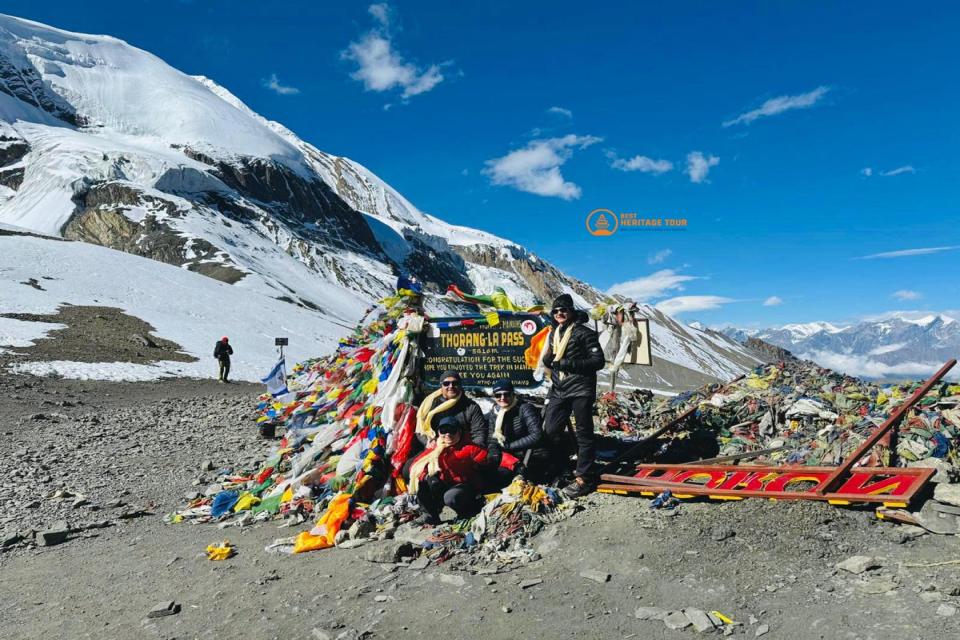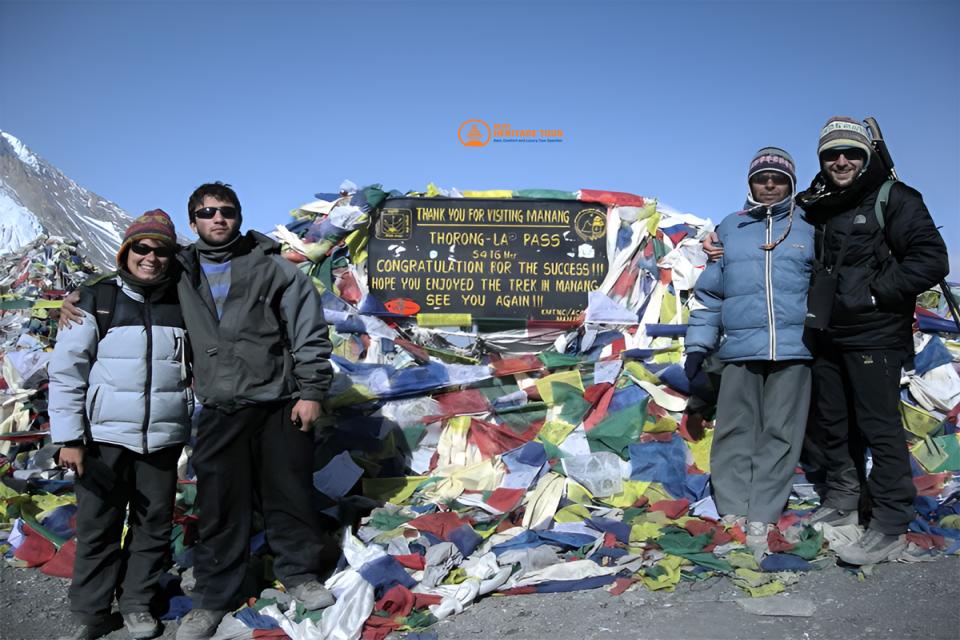The Annapurna Circuit is one of the most iconic trekking routes in the world, attracting adventurers, nature enthusiasts, and culture seekers alike. While trekkers are drawn to its towering peaks, deep valleys, and panoramic Himalayan vistas, the ancient monasteries scattered along the trail add a profound spiritual dimension to the journey. These monasteries, some centuries old, offer a window into the rich Buddhist traditions of the region, the local Gurung and Tibetan cultures, and the intertwined relationship between people and mountains.
Exploring these monasteries transforms a trekking expedition into a journey of reflection, learning, and connection. With Best Heritage Tour, travelers can experience this spiritual layer safely and comfortably, guided by experts who bring the cultural history of the Annapurna region to life.
The Significance of Monasteries in the Annapurna Region
Monasteries are not merely religious sites; they serve as community hubs, educational centers, and guardians of Himalayan heritage.
-
Spiritual Centers: Monasteries are places for meditation, prayer, and inner reflection. Trekkers often find themselves pausing here, taking a break not just physically but also mentally, soaking in the calm atmosphere.
-
Cultural Hubs: Festivals, rituals, and religious ceremonies are often hosted in these monasteries. Visitors can witness centuries-old traditions being actively preserved, giving them a sense of the living culture of the Himalayas.
-
Architectural Marvels: Built using local stone, timber, and mud, these monasteries are masterpieces of Himalayan architecture. Vibrant murals, intricate carvings, and prayer wheels showcase the artistic skill and spiritual devotion of local communities.
Walking through these sacred spaces offers trekkers a multi-sensory experience - sights, sounds, and smells combine to create a unique spiritual ambiance that enhances the overall trek.
Notable Ancient Monasteries on the Annapurna Circuit
1. Muktinath Monastery
Muktinath is a spiritual junction where both Hinduism and Buddhism converge. The monastery, located near the sacred Muktinath Temple, offers a serene environment for meditation and reflection. Trekkers can witness monks performing daily rituals, chant prayers, and participate in lighting butter lamps. Its location against a backdrop of snow-capped peaks adds to the mystical aura, creating a moment of connection between the divine and the rugged Himalayan terrain.
2. Braga Monastery
Braga Monastery, situated near the village of Braga, is renowned for its vivid murals and well-preserved statues. The interiors depict intricate scenes from Buddhist mythology, offering a visual feast for trekkers interested in art and culture. Beyond its aesthetic appeal, the monastery serves as a local spiritual center where villagers gather to celebrate festivals and participate in prayer sessions, providing visitors with an authentic cultural immersion.
3. Ghandruk Monastery
Ghandruk, a traditional Gurung village, houses a monastery that embodies the fusion of local and Buddhist traditions. The monastery is modest yet profoundly spiritual, with prayer wheels spinning gently in the mountain breeze. Trekkers visiting Ghandruk can witness traditional ceremonies, interact with villagers, and gain insight into the everyday life of Himalayan communities, making it a perfect stop for both reflection and cultural understanding.
4. Upper Pisang Monastery
Perched on a hillside overlooking the village, Upper Pisang Monastery offers panoramic views of the Annapurna range. The monastery’s whitewashed walls, prayer wheels, and serene courtyards create a space of tranquility and contemplation. Trekkers often pause here to meditate, take photographs, or simply soak in the harmonious blend of architecture, spirituality, and natural beauty.
5. Manang Monastery
Manang, a high-altitude settlement along the circuit, hosts a significant monastery that is a hub for both spiritual practice and cultural education. The monastery’s intricate murals depict stories of local deities and spiritual legends, while its library preserves ancient texts. Trekkers can witness ceremonial dances, offerings, and blessings performed by resident monks, providing an immersive Himalayan cultural experience.
6. Chame Monastery
Chame is one of the first major villages trekkers encounter on the circuit. Its monastery is small but historically important, serving as a spiritual stop for travelers and villagers alike. Visitors can observe morning rituals, spinning prayer wheels, and local monks performing daily prayers. The combination of spiritual practice and mountain scenery makes Chame Monastery a memorable part of the Annapurna journey.
Cultural Insights from Visiting the Monasteries
Visiting these monasteries offers more than sightseeing; it provides insight into the lives, beliefs, and traditions of the Himalayan people:
-
Engagement in Rituals: Lighting butter lamps, spinning prayer wheels, and listening to chants allow trekkers to participate respectfully in local spiritual practices.
-
Festivals and Ceremonies: Depending on the trekking season, travelers may witness festivals such as Losar (Tibetan New Year) or Mani Rimdu, which showcase dances, music, and religious rituals.
-
Interaction with Monks and Locals: Guided visits with Best Heritage Tour provide context and understanding, explaining the meaning behind rituals, art, and daily practices.
These cultural experiences enrich the trek, offering a deeper understanding of the Himalayan world beyond its natural beauty.
Tips for Respectful Monastery Visits
-
Dress modestly and remove shoes before entering prayer halls.
-
Avoid loud conversations and disruptive behavior.
-
Ask permission before photographing monks, ceremonies, or religious objects.
-
Follow local customs and guidance from your trekking guide to show respect for sacred spaces.
Respectful participation ensures that trekkers leave a positive impression and gain a meaningful experience.
Conclusion - Trekking Through Spiritual and Natural Majesty
The Annapurna Circuit is far more than a trek through Himalayan mountains; it is a journey through centuries of spiritual heritage. Ancient monasteries, vibrant rituals, and serene mountain landscapes create a unique blend of adventure and cultural enrichment.
With Best Heritage Tour, travelers can experience the Annapurna Circuit holistically, gaining insights into local life, spirituality, and the awe-inspiring natural environment. Every monastery visited, every prayer wheel spun, and every scenic vista encountered adds depth to a trek that will leave lasting memories.
Phone/WhatsApp/Viber: +977-9851149197
Email: info@bestheritagetour.com / bestheritetour@gmail.com
Website: www.bestheritagetour.com
Office: Thamel Marg, Kathmandu, Nepal
Author: Best Heritage Tour
Date: 17th August, 2025



